
By
Editor
Updated on
Remember, as kids, we watched Animal Planet and National Geographic, mesmerised by the details of so many amazing animals?
As grown-ups, people often lose connection with the natural world, so it’s essential to regain that lost touch. Moreover, educating the next generation about the wonders of planet Earth will go a long way in protecting many beautiful and inspiring species.
If you plan a trip to the UK, we recommend visiting the Cornish Birds Of Prey CIC, which cares for neglected and unwanted birds. In fact, it not only assists birds but all animals, and you can learn more about these magnificent predators from experts who care for them.
This guide further highlights some popular birds of prey, so read on before embarking on your next adventure!
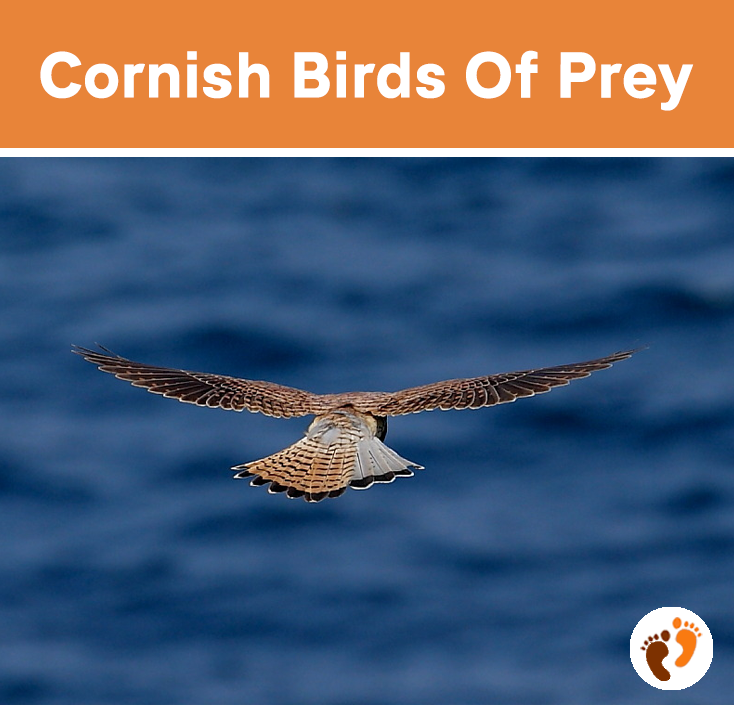
Cornish Birds Of Prey Centre CIC
The Cornish Birds Of Prey Centre is a brilliant initiative to protect magnificent and beautiful birds of prey in Cornwall that are often misunderstood. This organisation offers a safe haven for these gorgeous predators and other animals by getting them from zoos or private owners.
Many commercial centres breed and sell birds on financially lucrative markets, so the Cornish Birds Of Prey Centre looks to protect them. Most of these amazing animals in the centre are neglected or unwanted birds that are nursed back to health in a fun environment.
It’s a non-profit organisation that generates funding from generous visitors, donors, or sponsors whose ticket purchases keep the centre running all year round.
Activities At The Cornish Birds Of Prey Centre
Some of the activities in this caring home for neglected birds that younger ones and older members will enjoy include –
- Fantastic flying displays
- 1-hour handling experience
- Half-day birds of prey experience with falcons
- Half-day birds of prey experiences with owls
- An hour of flight photography
- 1-hour static photography
Goal And Mission Of The Cornish Birds Of Prey Centre
The Cornish Birds Of Prey Centre has a team of individuals passionate about these beautiful birds. This includes both full-timers and part-time volunteers, so if you would like to help protect Cornish Birds Of Prey, contact the centre for more details.
By involving more people, the organisation aims to educate people about the Cornish Birds of Prey in a fun and relaxed environment. Thanks to the efforts of the centre, people might think twice before impulsive buying birds of prey.
It’s important to note that taking care of birds of prey requires commitment, so they are unsuitable as pets. They are wild animals at home in the jungles, where they can spread their wings.
With the support of visitors who stream daily, the Birds Of Prey Centre aims to support all birds and animals rescued or brought to the organisation. This will help reduce the illegal selling of these magnificent birds while educating people about them will showcase what these animals need to survive in the wild or captivity.
Visit The Cornish Birds Of Prey Centre
The Cornish Birds Of Prey Centre is open Sundays, Mondays, Tuesdays, and Wednesdays, including on bank holidays, Mondays or Easter Sundays. Located at Winnards Perch, between Wadebridge and St Columb Major, you can also book the facility for private outings Thursdays, Fridays, and Saturdays.
This will allow you to enjoy the glorious flight of these awesome birds in a private display. When exploring this caring, safe haven, you will also get exclusive access to the picnic area, on-site tearooms, and play area.
Different Cornish Birds Of Prey
Moving on from the Cornish Birds Of Prey CIC in St Columb Major to the wilderness of Cornwall, let’s look at the major birds of prey you are likely to find.
1. Honey Buzzard
It’s not just humans that like summer in the UK because the Honey Buzzard is a summer bird that migrates to Africa in the winter. You can spot it in several locations across the UK, including Wales, Scotland, and parts of England.
These beautiful birds are easy to spot in woodlands with open glades, feeding on bees or wasps. Their tails and wings are slightly longer, while the powerful, curved talons help break the nest and reach the larvae.
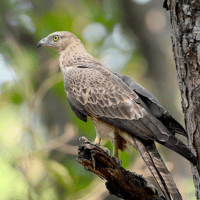
2. Goshawk
One of the coolest bird species in Cornwall is the Goshawk, labelled the phantom of the forest. These birds can dart between trees at 40 km/hr, chasing after other birds or small mammals.
You can spot them in large woods and forests throughout the year, where they mate and nest. If you are lucky, you might catch a happy couple performing jaw-dropping aerial displays that would put professional pilots to shame.
The largest populations of Goshawks are found in Wales, parts of Scotland, New Forest, and Northern England.
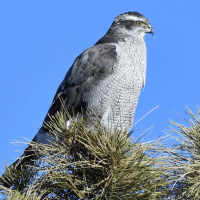
3. White-Tailed Eagle
The most royal out of all the bird species in the UK is the White-Tailed Eagle, which is the largest species. Once extinct, White-Tailed Eagles have been successfully reintroduced, and now 40 pairs thrive on Scotland’s Western coast.
These birds have large territories, often covering 70 square kilometres. They also look much like the famous Golden Eagle but have broader wings.
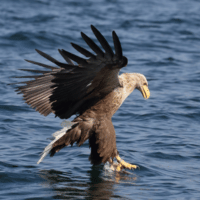
4. Barn Owl
Popularised by the Harry Potter movies, Barn Owls are much loved in the UK. Their heart-shaped face with pure white feathers makes these owls highly attractive.
But don’t get fooled by their appearance; they are remarkable hunters and fly undetected through the air. They are found throughout the UK but most visible in grasslands and farmlands, flying low over the fields to detect mice and smaller mammals.
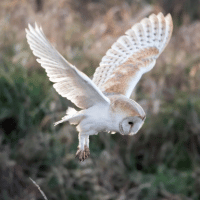
Protecting Cornish Birds Of Prey
The natural world holds many wonders, and birds occupy a central position in the ecosystem. While most people think of birds as bright, colourful, and fun animals, which they are, the birds of prey are often forgotten.
In reality, these birds are equally beautiful, and it’s fascinating to see how they have evolved into mean hunters with sharp talons, powerful beaks, and lightning speed. Head to the Cornish Birds Prey Centre in St Columb Major and interact with these awesome animals to learn more.
Then, take your binoculars into the wild to see if you can spot any birds mentioned in our guide!
About The Author

Reviewed by
Editor
Related Posts
[wp post shortcode here]

